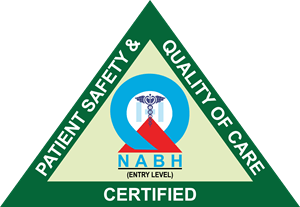Shoulder Arthroscopy
What Is Shoulder Arthroscopy ?
Shoulder arthroscopy is a minimally invasive procedure performed on the shoulder joint to repair its damaged portions. The surgery takes less than two hours to complete and is less painful than traditional open shoulder surgery. Also, the surgical procedure is minimally invasive, the recovery period is reduced. It is not a complex type of surgery and is a common treatment approach to cure severe shoulder pain.

Why Is Shoulder Arthroscopy Required ?
Shoulder arthroscopy is necessary when diagnosing and treating various shoulder joint issues. It's a minimally invasive surgical procedure that employs a small camera and specialized instruments. This approach allows for accurate examination, repair of ligaments, tendons, and cartilage, and removal of debris or damaged tissue. Compared to open surgery, arthroscopy reduces pain, scarring, and recovery time. Common conditions addressed include rotator cuff tears, labral tears, and shoulder impingement. Overall, shoulder arthroscopy enhances diagnostic precision and therapeutic outcomes, making it a vital tool in modern orthopedic medicine.
What Is Risks And Complications ?
Shoulder arthroscopy, while generally safe, carries some risks and potential complications. Infection and bleeding are possible but rare. Nerve or blood vessel damage can occur, leading to numbness or circulation issues. Shoulder stiffness or weakness might persist post-surgery. Adverse reactions to anesthesia are possible. In some cases, the procedure might not fully resolve the issue, necessitating additional treatment. Blood clots or excessive swelling are potential complications. While infrequent, these risks highlight the importance of careful patient selection, skilled surgical technique, and comprehensive postoperative care to minimize the chance of complications and ensure successful outcomes.
Clinical Services
Facilities
24 Hours Services



